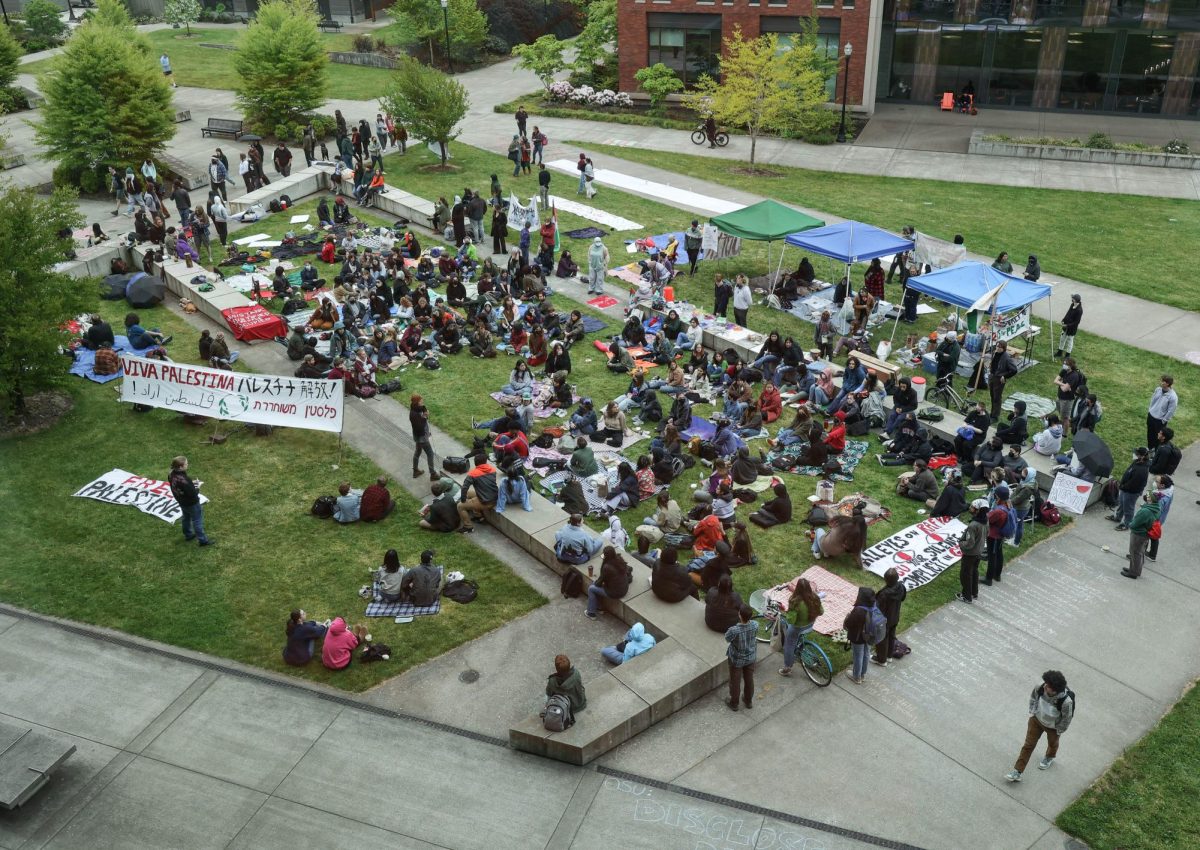Phone, cable, electricity, water…everyone has dealt with some type of bill in the past. For the City of Corvallis, bills are essential, and you may be helping the city run whether you know it or not.
The City sends out a bill to each household owner with monthly charges that, as stated on the city’s website, are divided among all Corvallis homeowners, which pay for specific services that are provided to the community.
Current fees listed on the city’s website include water, street maintenance and transit operations. These fees are collected in order to pay for water service infrastructure for the city, to provide regular maintenance of the city’s streets with the most traffic and to support the fareless service of Corvallis’ public buses and trains.
The rates increased at the start of 2023 and increased again on Jan. 1, 2024. Tables shown on the city website indicate the cost of water increasing from the 2023 rate of $30.67 to the current rate of $31.90, sidewalk maintenance from last year’s rate of $1.00 to $2.00 and a fire public safety rate increasing from $12.34 to $14.84; just to list a few.
Other areas where fees are currently applied and will continue to be billed include urban forestry, police services, fire services and a low-income assistance fee administered by the city.
Patrick Rollens, public information officer for the City of Corvallis, said that these rates are annually adjusted in order to deliver services and that the intention of the rates is to cover the costs of specific services, considering the long term costs and investments that may be needed in the future.
Rollens also said the city has assessed the fees for many years and in 2023 the fees were put on a “predictable, annual adjustment cycle.”
Rollens said the money collected from the fees is also used for the hiring of additional emergency medical technicians and paramedics, for example, and is included as part of the fire public safety fee.
“Ongoing annual evaluations of city service fee needs are critical to successfully sustaining proper day-to-day operation and maintenance activities, making timely investments in infrastructure, achieving the community’s desired levels of service, and generally practicing good stewardship of the community’s financial, physical and environmental resources,” Rollens said.
For students living off-campus, many of the fees are seen by the landlords but not their tenants.
Rollens also said the city services bill is usually paid by the landlord of a rental property and student renters may not ever receive the bill, which is the case for Scout Harris, OSU sophomore and agricultural education major. Harris said they have not dealt with the fees directly, but said they enthusiastically approve of the transportation service provided.
Rollens said that the city-ensuring services funded by these fees will positively impact the whole community, which includes students who do not live on campus.
“I have lived off campus for several years and I have the luck of my heat/electricity/trash/water/recycles as part of my rent,” Harris wrote in a direct message. “However, free public transport is an absolute boon and I will continue to fork over taxes for it.”















































































































